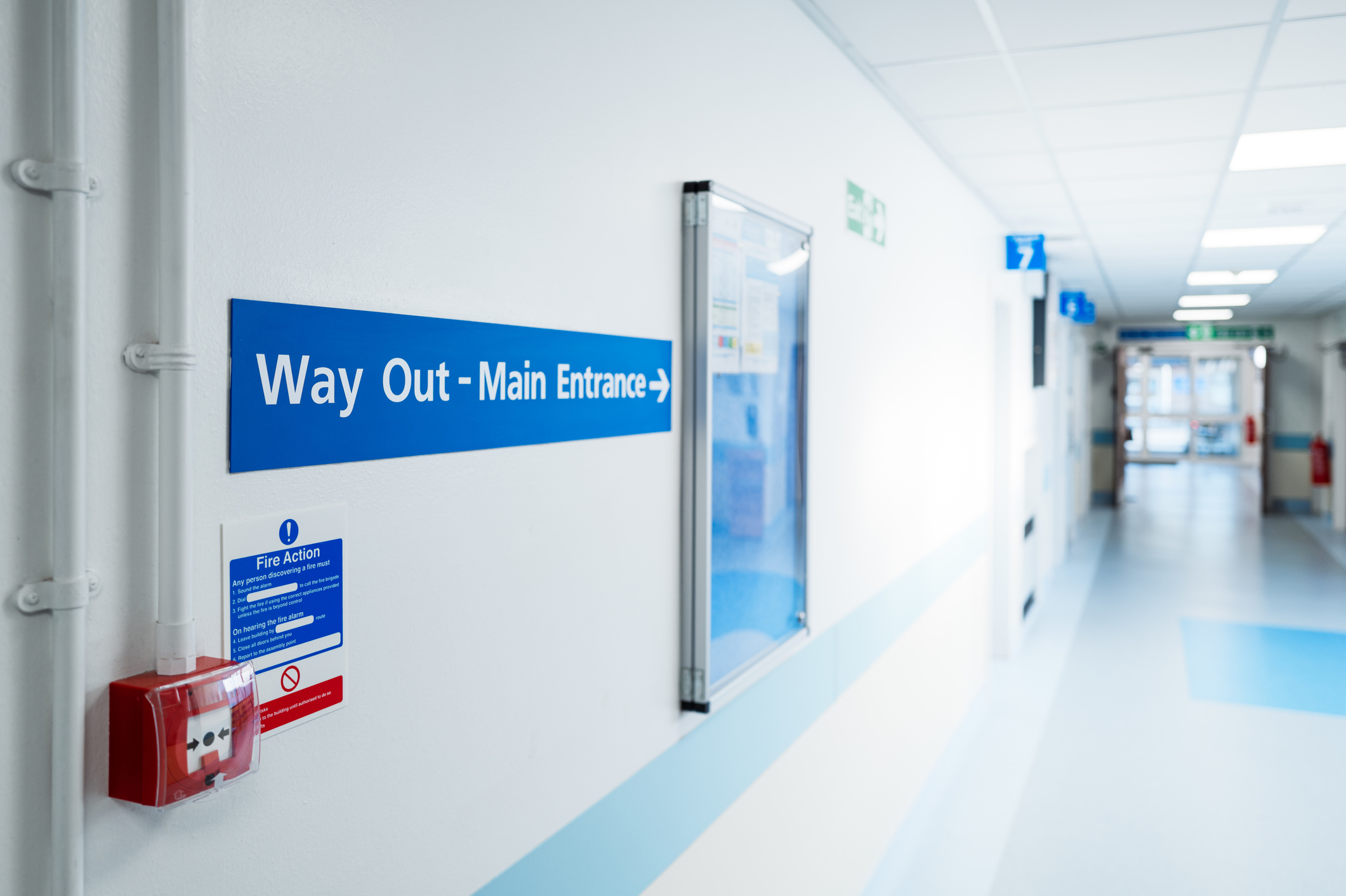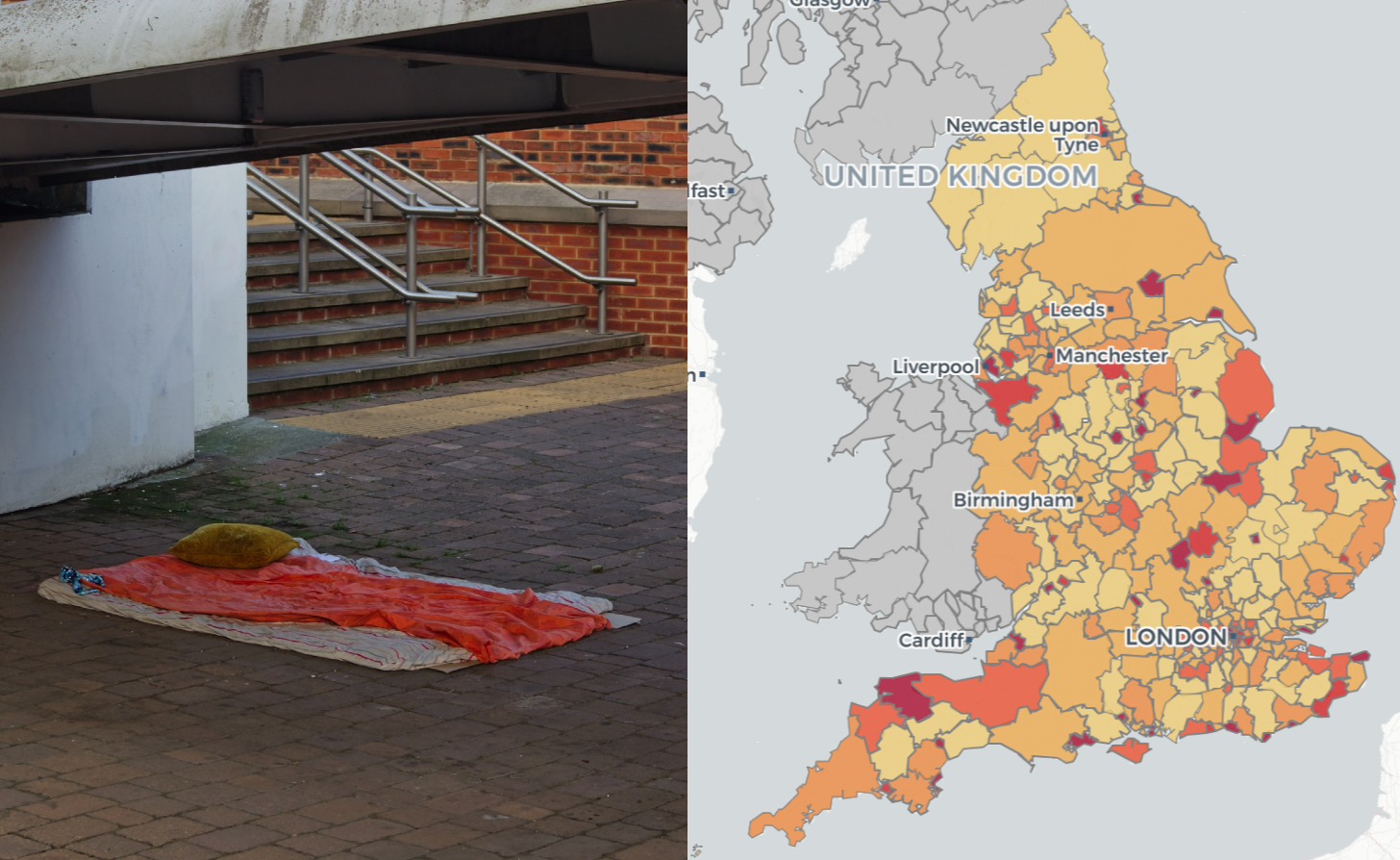May sees improvement in NHS waiting lists as incomplete pathways decrease by over 3%, ahead of resident doctors’ strikes.
This morning, NHS England published a new statistical release on consultant-led referral to treatment waiting times for May 2025, showing 7.36 million open pathways at the end of the month. This is a 0.4% decrease over the month and 3.1% fall compared to the previous year. The number of unique patients in waiting lists was estimated at 6.2 million.
Despite the significant improvements, the 18 week treatment target continues to be missed by all Integrated Care Boards across England. The target sets out that 92% of people waiting for non-urgent treatment should wait no longer than 18 weeks from referral to first treatment.
Over 190,000 patients were waiting more than 52 weeks, with only 60.9% of patients being treated on time. Additionally, the median waiting time was 13.6 weeks.
Regarding the different types of pathways, the Elderly Medicine Service performed particularly well, meeting target in 10 ICBs and being close to target in an additional 22. Oral Surgery Services was one of the worst performing, with 21 ICBs only delivering treatment to under 50% of patients within 18 weeks.
At Polimapper, our data team has visualised this month’s NHS Waiting Times figures by Integrated Care Board in England, displaying geographical trends.
The North East and North Cumbria Integrated Care Board registered the highest rate of closed pathways within 18 weeks, at 70.9%. This was followed by the NHS Cornwall and the Isles of Scilly ICB (70.3%).
Conversely, the Mid and South Essex ICB saw 52.5% of pathways resolved on time, with an average waiting time of 16.9 weeks. Explore statistics in your area below.
About this map
The visualisation below shows NHS referral to treatment waiting times figures by Integrated Care Boards in England.
To view statistics in your area double click on the map or click here to launch the full page visualisation.”
Geodata context
The promising figures from NHS England come a day after the doctors’ union BMA announced resident doctor strikes to begin at the end of July.
Daniel Elkeles, chief executive of NHS Providers: “These figures show NHS staff are working flat out to deliver more care to patients with waiting lists falling and tests, checks and treatments soaring despite record levels of demand.”
“A&Es faced their busiest month ever and ambulance services are still under huge strain, despite pulling out all the stops to see the sickest patients sooner. There’s been no let-up for under strain mental health or community services either.”
“Trust leaders now face the bleak prospect of a full five-day walkout by resident doctors jeopardising this hard-won progress to cut waiting lists and efforts to see patients quicker. The focus now will be on planning to ensure services are as safe as possible for patients.”






